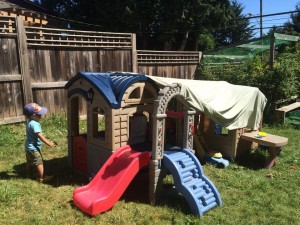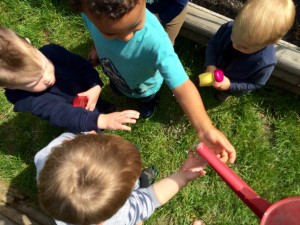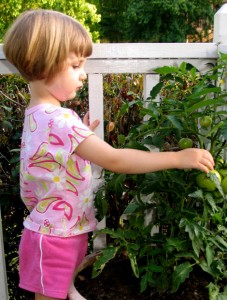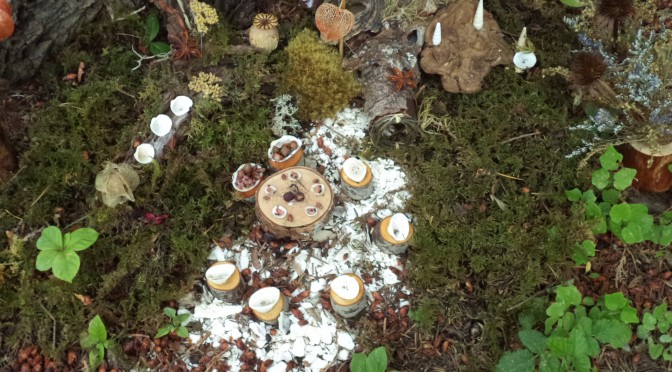Nature play with grass really is one place where kids go wild for nature. Grass stains on the body or clothing are like a badge of honor for nature play.
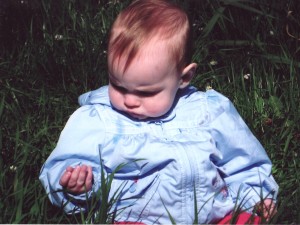 Babies explore nature through the medium of grass from the time they can sit up or crawl outside. We’ve all seen little ones that were unsure about crawling in grass and tried to lift up their knees from that new sort of floor that is so tickly. There’s so much that’s new to explore.
Babies explore nature through the medium of grass from the time they can sit up or crawl outside. We’ve all seen little ones that were unsure about crawling in grass and tried to lift up their knees from that new sort of floor that is so tickly. There’s so much that’s new to explore.
Older kids like to pull out clumps of grass or throw glass clippings up in the air to create clouds that swirl and twirl down to the ground. Grass appeals to most of the senses with different textures to feel with hands or feet.
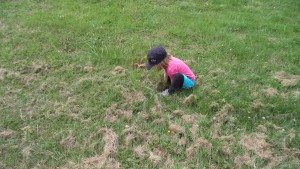 There are colors and shapes to see, and a very specific smell when cut or mowed. Most kids only try tasting it once. Grass makes only the softest sounds if it’s long enough to swish from the wind or walking. Part of the appeal is there is no sound at all when we walk on the grass.
There are colors and shapes to see, and a very specific smell when cut or mowed. Most kids only try tasting it once. Grass makes only the softest sounds if it’s long enough to swish from the wind or walking. Part of the appeal is there is no sound at all when we walk on the grass.
Grass invites all sorts of play like running, chasing, kicking balls, dancing like fairies, and if long enough, even hiding. Another way to experience nature through grass is to roll down a grass-covered hill.
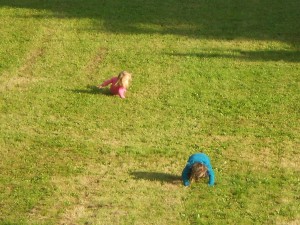 Grass is also a wonderful place to lie down on the ground and stretch out, especially when combined with a sunny patch or shady spot, depending on the temperature. Occasionally, it’s also a wonderful patch to take a nap and it is certainly a preferred location for pitching a tent or building a blanket fort or Gorf, that is a Good ol’ reliable fort.
Grass is also a wonderful place to lie down on the ground and stretch out, especially when combined with a sunny patch or shady spot, depending on the temperature. Occasionally, it’s also a wonderful patch to take a nap and it is certainly a preferred location for pitching a tent or building a blanket fort or Gorf, that is a Good ol’ reliable fort.
Falling down hurts much less on soft grass. Maybe grass is nature’s padding so kids can have a softer place to play? Do these ideas of nature play in the grass encourage some outside nature time for your child?
(P.S. Do these ideas tempt you to get in touch with more nature and outside fun ways to play?)

